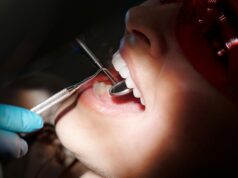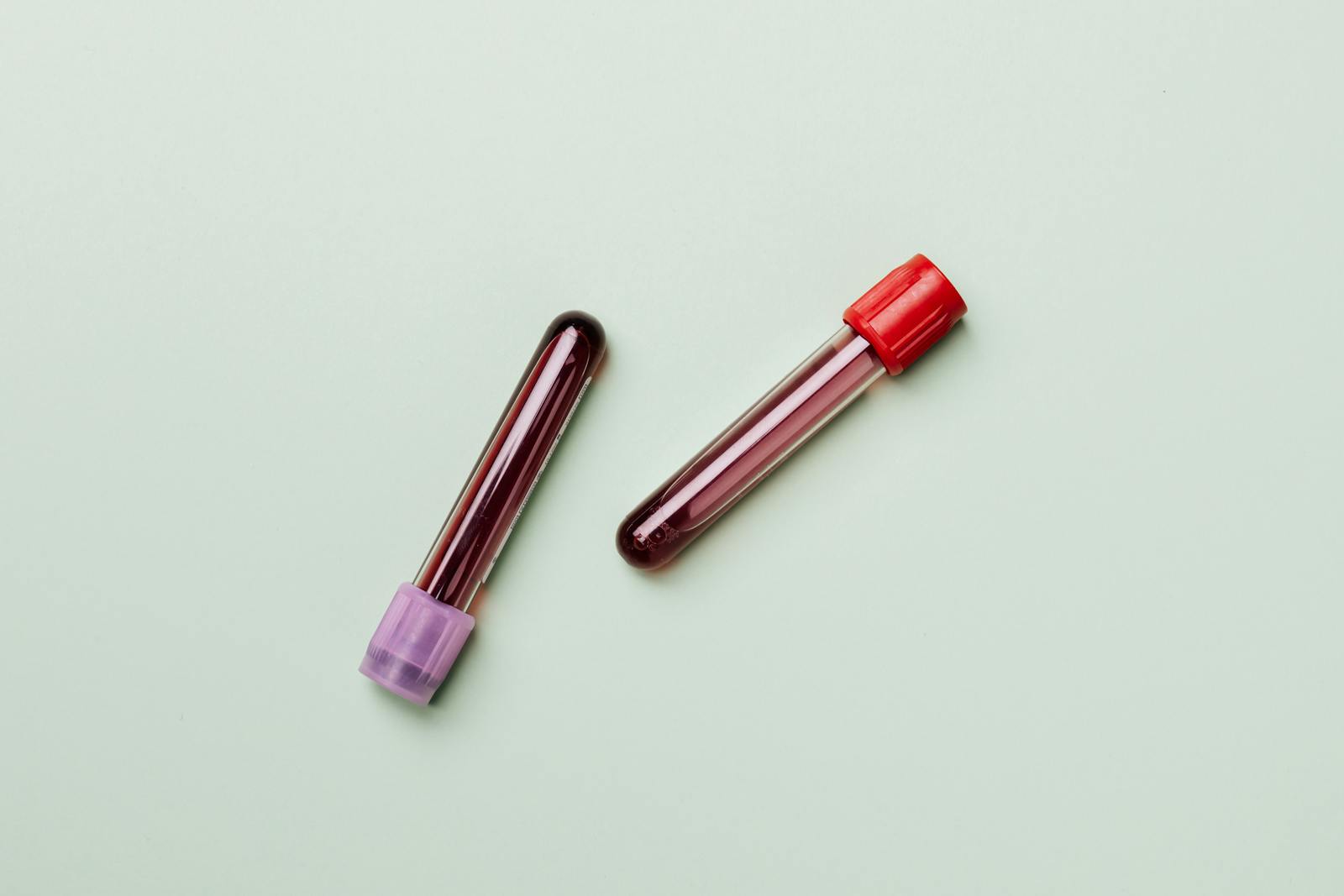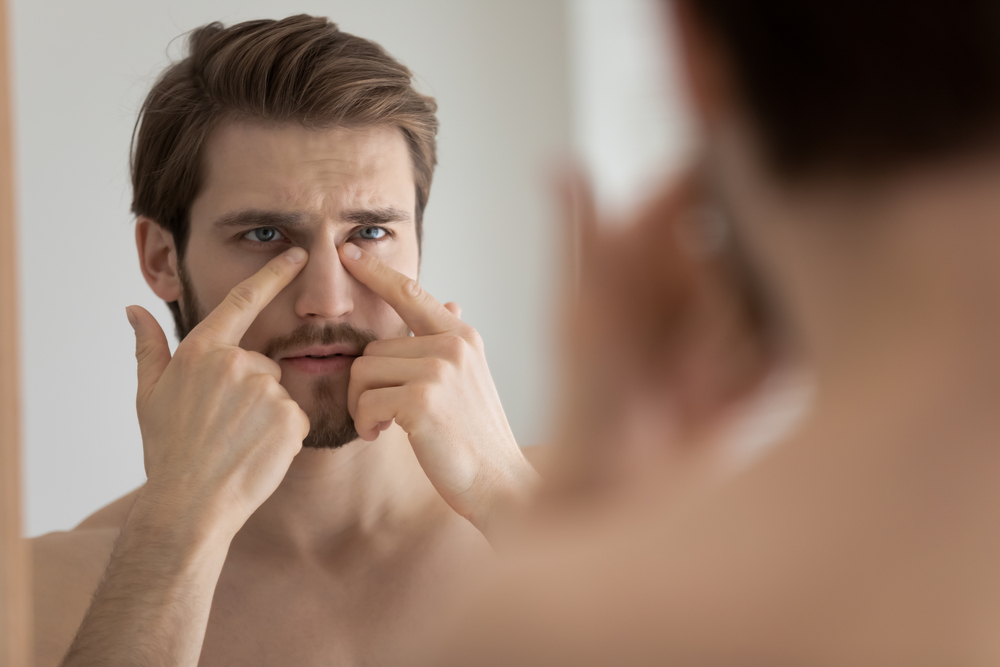By Rosie Wilson & Laura Casewell
An international study, revealed at the 2014 ASDS Annual Meeting, showed that Botox injections do not decrease in safety over time, and that long-term patients are satisfied with their results.
The conference was held in San Diego on the 8th of November, and presented results found by Alastair Carruthers (FRCPC); a member of the American Society for Dermatologic Surgery. Dr. Carruthers and his co-workers monitored nearly 200 patients treated with Botox for at least five continuous years, and up to 16 years, between 1999 and 2012. The average age of the patient was 46 at the time of their first treatment.
The study showed that not only were patients safe and generally satisfied with their treatments after a prolonged period, but that Botox, manufactured by Allergan, can safely be used in conjunction with other aesthetic products, too.
It was attributed, in part, to the fact that Botox treatment, particularly for horizontal forehead lines, has become more ‘gentle’ since 1999, with less administered in a dosage for a more natural result. The dosage for crow’s feet and glabellar frown lines has not changed as much.
The patients had 5,112 treatments over the course of the research, averaging at least two treatments a year over the standard period of nine years.
Researchers considered the facial areas treated, the number of treatments, the dosage for each facial area, whether the patient had other facial aesthetic treatments and whether the patient experienced any Botox-related adverse effects. They also interviewed each patient involved in the survey, asking them to summarise their personal experience with the treatment.
“Self-perception of age is a simple way of judging results,” said Dr. Alastair Carruthers. “We found that the longer patients were treated, the younger they perceived themselves to look.”
And although researchers were pleased with the level of patient satisfaction, Dr. Carruthers explained that this was not the main objective of the study. 
“We wanted to look at real life – how the treatment has been incorporated into patient’s lives and how treatments themselves have changed over time.”
The study is not the first research that Dr. Carruthers has conducted on Botox; 30 years ago, he and his wife Jean Carruthers, MD, discovered that Botox – then used to treat eye spasms – could be a remedy to facial lines and wrinkles.
“It was a very dynamic and changing period in the world of cosmetic magazine,” he said. “Over the years, we’ve learned to make our treatments better and more effective.”
Dr. Carruthers also talked on the extensive medical uses for Botox, which is used for the treatment of a growing numbers of medical conditions, including depression.
“Botox keeps getting more and more interesting,” he concluded.
Muscle relaxing injection experts here in the UK have welcomed the new research too, calling the injectable treatment ‘outstanding’ in both its physical results and long-term use.
Dr. Sarah Tonks, a cosmetic doctor and Botox expert in West Kensington, says the adaptability of the toxin allows her to tailor treatments to the individual needs of her patients.
“Botox offers my patients outstanding results and is perfect for my clinic as it allows me to use a wrinkle relaxer in combination with more holistic treatments,” Dr. Tonks explained.
“Contemporary methods such as Mesobotox, Baby Botox and lower face use are popular therapies at my clinic now, and are perfect to create a more relaxed and naturally refreshed appearance,” Dr. continued.
“We can also use Botox with vitamin shots in the form of a Mesobotox cocktail to reduce sebum production and refine skin texture, so it’s great to know this study has proved the long-term use of Botox is safe, and my clinic can continue to provide this versatile therapy for years to come.”
Read more in the Nov/Dec issue of THSJ out next week












